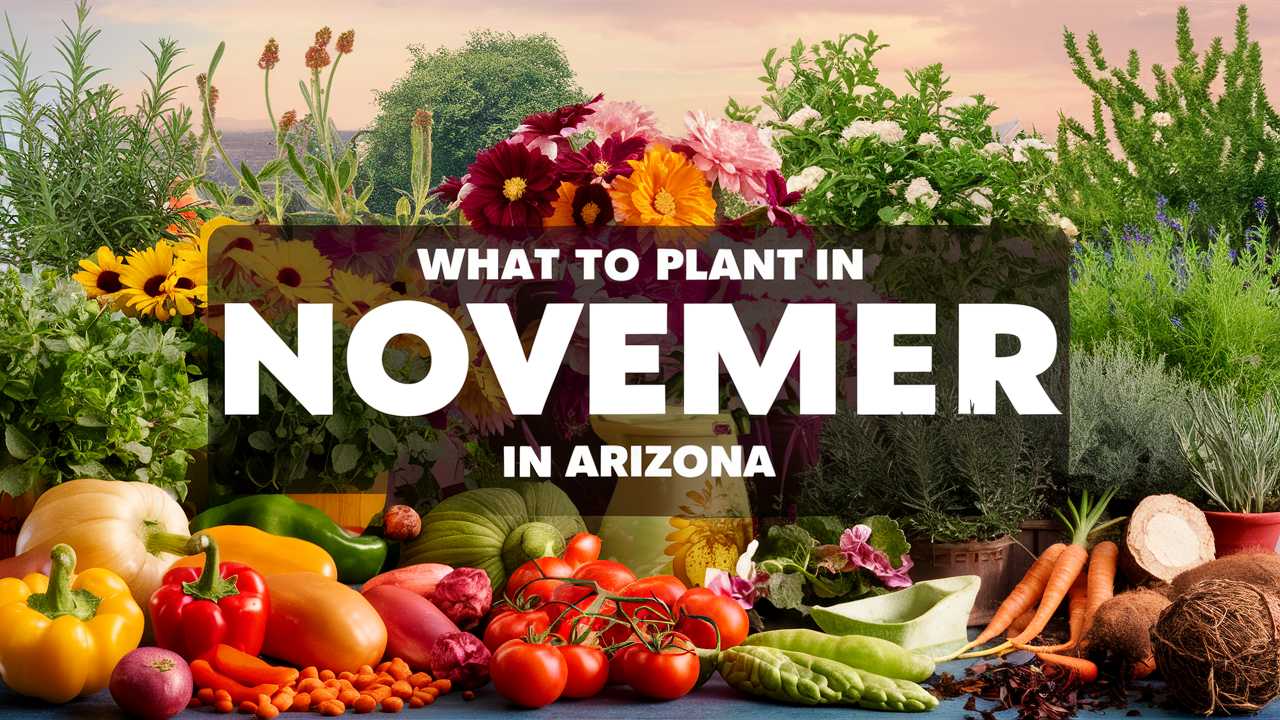As the weather begins to cool in Arizona, November becomes an important month for gardeners eager to prepare their gardens for the upcoming winter and spring seasons. With its diverse climate zones—ranging from USDA hardiness zones 4 through 10—the Grand Canyon State offers various opportunities for planting vegetables, flowers, herbs, and landscape plants.
Vegetables To Plant
November is ideal for planting a variety of vegetables in Arizona. With the cooler temperatures setting in, you can encourage strong growth leading into the colder months.
Broccoli
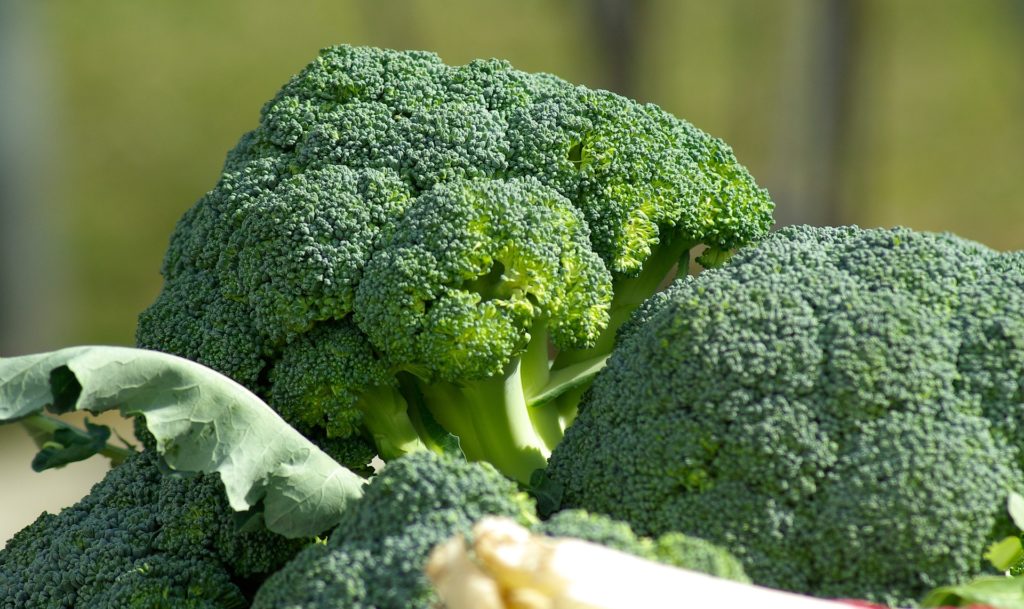
Broccoli is a cool-season crop that thrives in temperatures between 55°F and 75°F. It’s best to plant it in November in USDA zones 8 through 10.
Growing Tips: Start with transplants or seedlings that can survive light frost. Prepare your soil with ample organic matter, and ensure it’s well-drained. Water regularly, but avoid over-watering. Harvest when the heads are firm and tightly packed.
Carrots
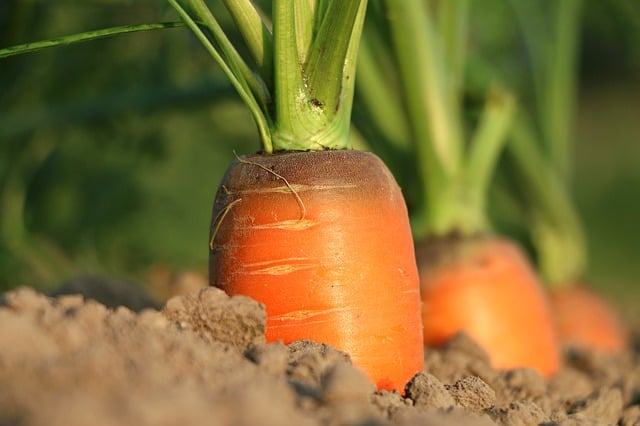
Carrots can be sown from October through March in zones 5 through 10. Their cool-weather tolerance makes November a perfect time to plant.
Growing Tips: Sow them directly into well-tilled soil without rocks. Thin them out as they grow to ensure healthy root development, and look for a harvesting window between 70-80 days. Carrots can remain in the ground after the first frost, which enhances their sweetness.
Kale
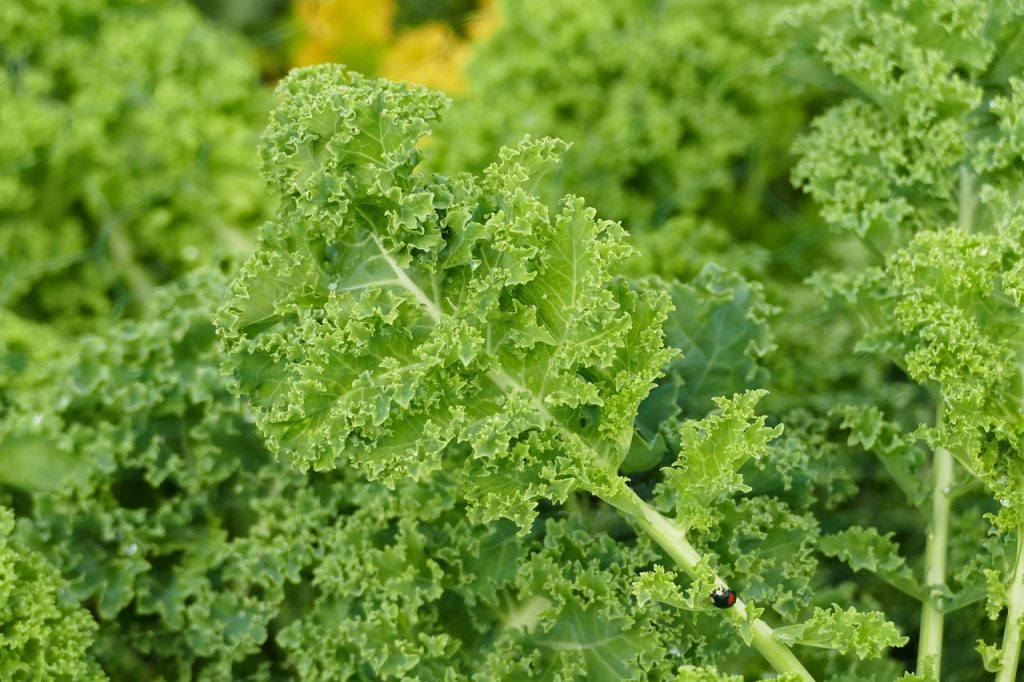
Kale thrives in cool temperatures, making it an excellent choice for November planting in zones 3 through 10.
Growing Tips: Plant seeds or transplants about 18 inches apart in nutrient-rich soil. Kale can withstand freezing temperatures, which enhances its flavor. Enjoy young leaves for salads or wait until mature for hearty dishes.
Spinach
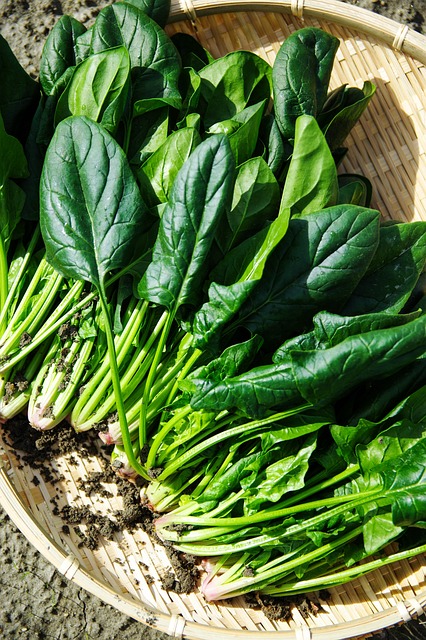
With its fast growth cycle, spinach is ready to harvest within 6-8 weeks, making November planting suitable for zones 5 to 10.
Growing Tips: Opt for a well-drained, fertile soil and keep the plants moist. Protect them with row covers as needed against frost. Spinach can be harvested continuously by removing outer leaves, promoting more growth.
Garlic
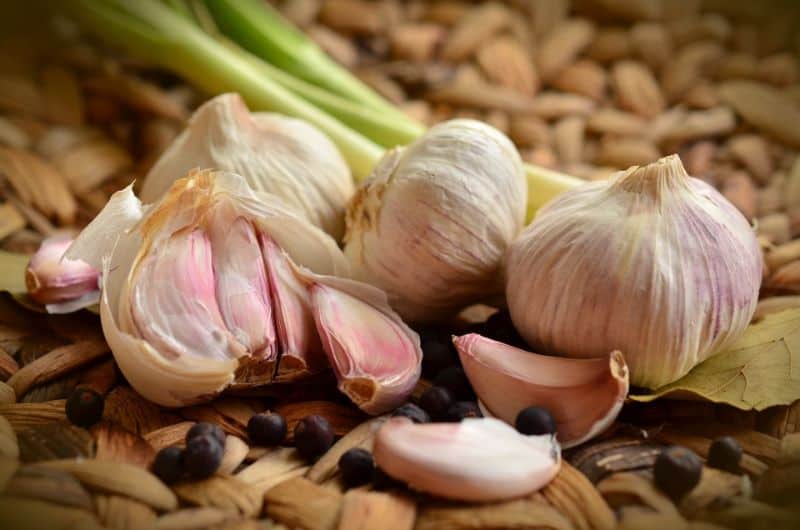
While technically a bulb, garlic is adept for planting in November, particularly in zones 8 and above.
Growing Tips: Choose a sunny spot with loose, well-drained soil. Plant cloves with the pointed end up, about 2 inches deep. Expect a vibrant harvest by late spring or early summer. Garlic also offers great pest-repelling properties in your garden.
Radishes
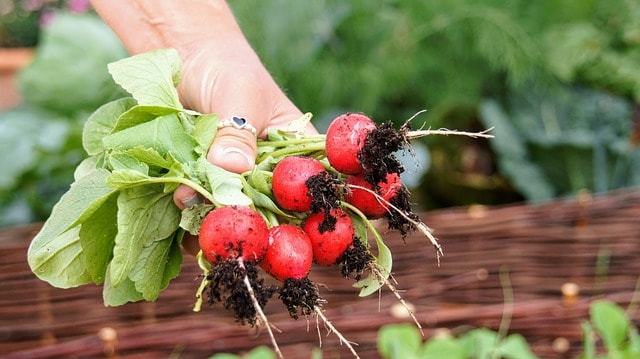
Radishes are fast-growing and perfect for November planting in zones 4 through 10.
Growing Tips: Sow directly in well-prepared soil, keeping seeds about an inch apart. They thrive in cooler temperatures and can be harvested within 25-30 days. Use them to add crunch to winter salads.
Lettuce
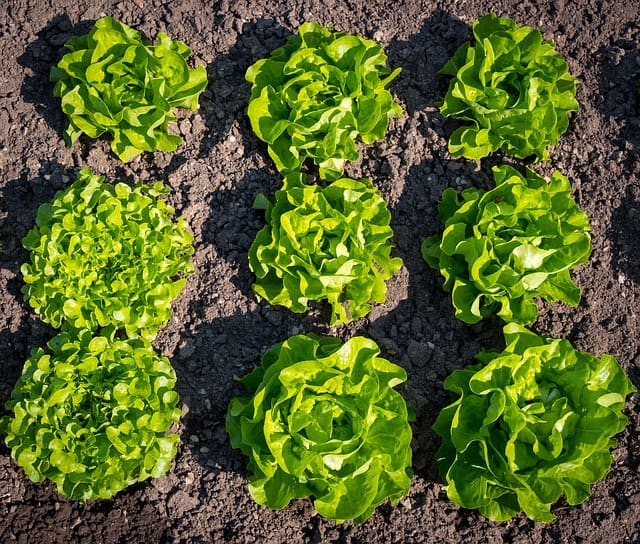
November is one of the best times to plant lettuce in Arizona’s warmer sites (zones 8-10).
Growing Tips: Opt for loose-leaf varieties for faster growth and continuity. Keep soil consistently moist and shield them from harsh winds or frost with row covers. Harvest leaves regularly to encourage new growth.
Beets
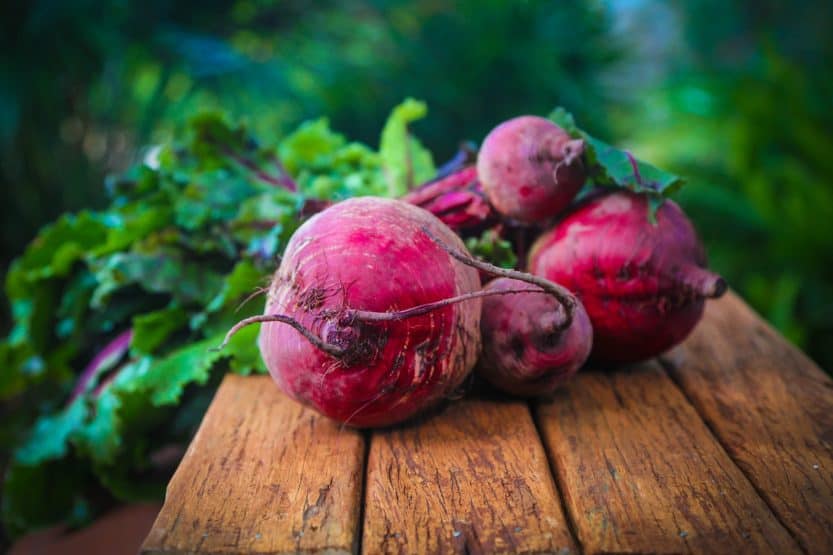
Beets do well when planted in November, particularly in zones 5 through 10, and can add a rich color to your garden.
Growing Tips: Sow seeds in well-drained soil and thin them as needed to ensure adequate space for root development. With a growing time of around 55-70 days, expect a sweet harvest that can be used in a variety of dishes.
Onions
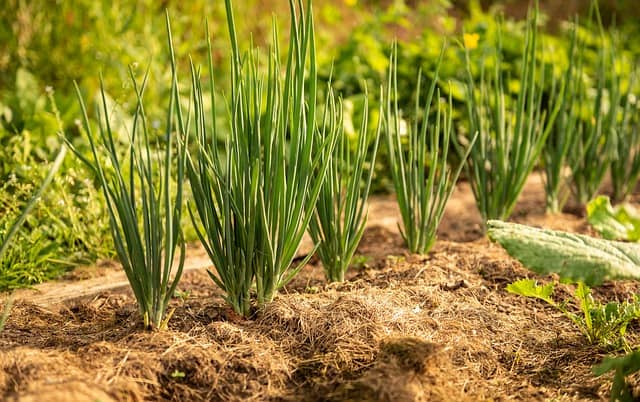
Onions can be planted in November in transitional and warmer zones (zones 8-10).
Growing Tips: Plant sets or transplants about 6 inches apart, ensuring they have adequate sunlight. Onions perform well with consistent watering. They can be harvested in late spring when tops begin to fall over.
Swiss Chard
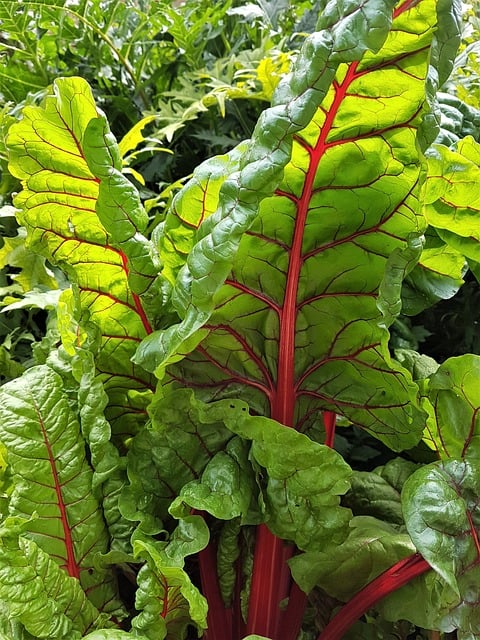
This leafy green is ideal for November planting, thriving in the slightly cooler temperatures of zones 5 through 10.
Growing Tips: It’s a forgiving plant that can tolerate some frost. Sow seeds about 1 inch apart in rows and harvest continuously by taking outer leaves, allowing the center to keep producing.
Flowers To Plant
As the temperatures drop, November surprises gardeners with a palette of vibrant and resilient flowers that can thrive in Arizona’s varied climates.
Pansies
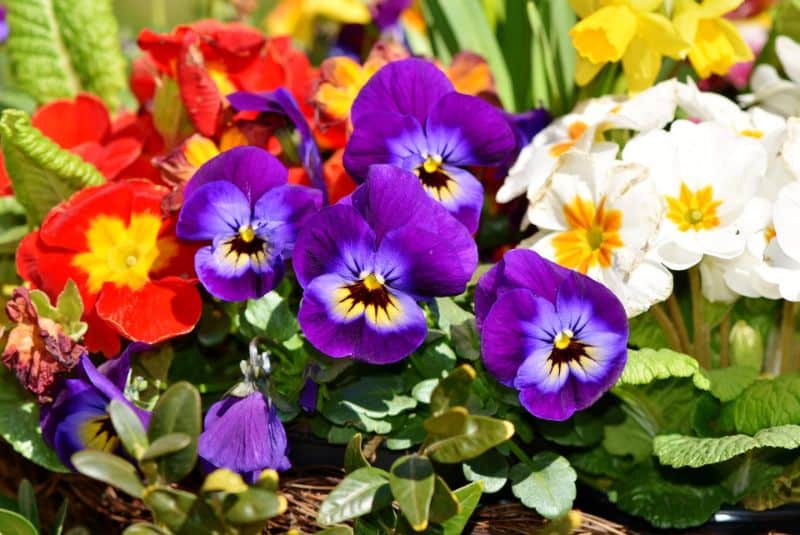
Pansies are the quintessential winter flower, blooming in rich colors and hardy enough for the chill of November in zones 6 through 10.
Growing Tips: Pansies prefer well-drained soil and full sun to partial shade. Water them consistently, particularly during dry spells. Deadheading spent blooms will encourage further flowering.
Snapdragons
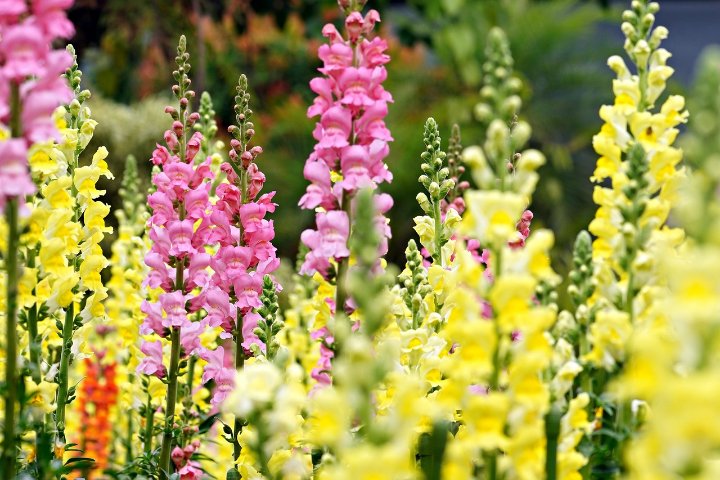
These beloved flowers can be planted in November, especially in USDA zones 8 through 10, for vibrant spring blooms.
Growing Tips: Space plants about 12 inches apart and choose a well-draining location. Snapdragons thrive in cool weather and can withstand light frost. Regular watering and fertilizing will keep them blooming plentifully.
Stock
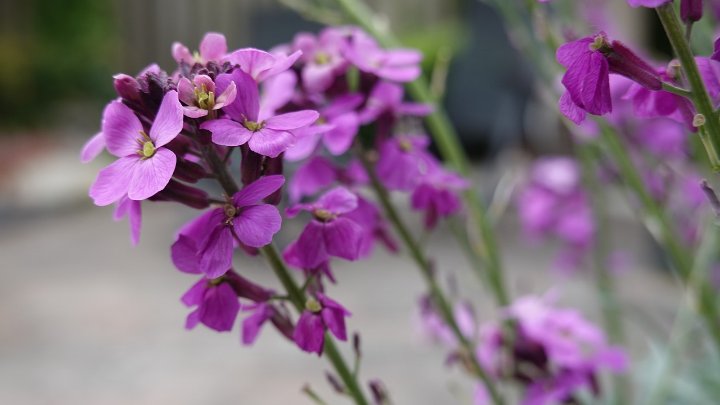
Stock flowers can bring delightful fragrance and color, making them ideal for planting in late fall in zones 6 through 9.
Growing Tips: They grow best in sunny locations and prefer slightly alkaline soil. Ensure adequate spacing for air circulation and deadhead regularly to promote additional flowering.
Violas
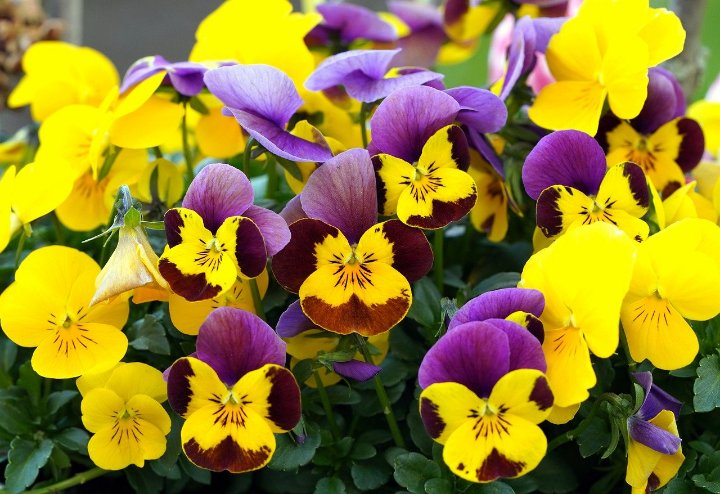
Violas are cold-hardy and a perfect choice to plant in November across zones 6 through 10.
Growing Tips: Similar to pansies, these beauties need well-drained soil and can be placed in sunny or partially shady spots. They require consistent moisture. Expect blooms from fall through spring.
Dianthus
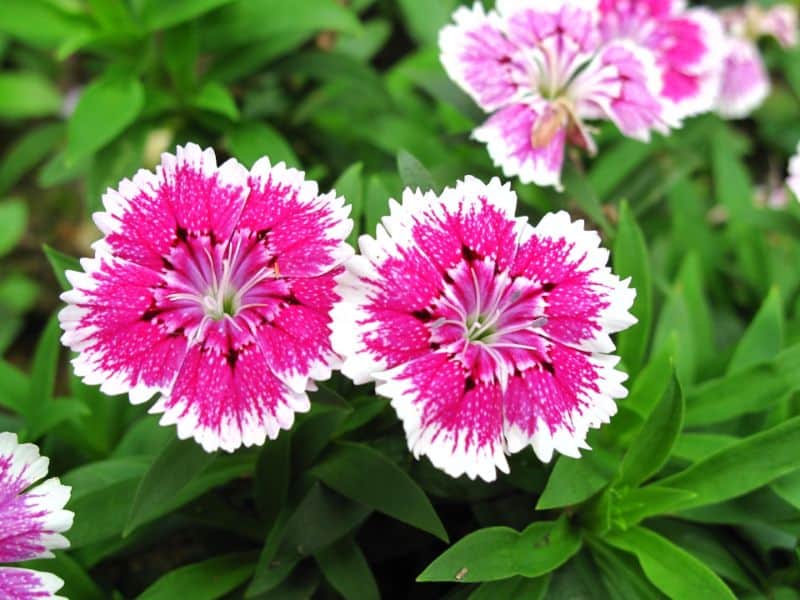
Dianthus can be planted in November for fantastic blooms in USDA zones 6 through 9.
Growing Tips: This flower prefers well-drained, alkaline soil and thrives in full sun. Deadheading will promote prolonged blooming. The fragrant flowers also attract beneficial insects.
Calendula

Calendula is a tough flower that can be sown in November across various zones and thrives in cooler temperatures.
Growing Tips: They prefer full sun and well-drained soil. These flowers are resilient, needing minimal care, and can effectively repel pests due to their scent.
Dusty Miller
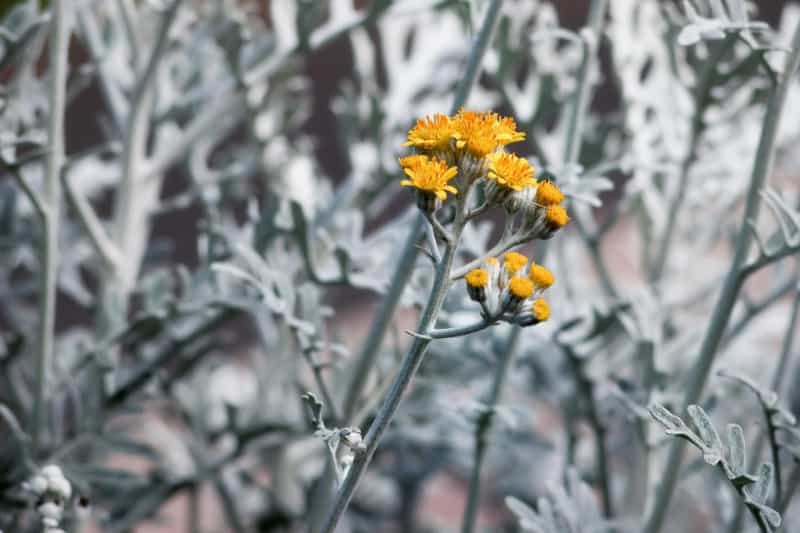
Dusty Miller brings beautiful silvery foliage and can be planted in November for zones 6 through 10.
Growing Tips: It grows well in full sun to partial shade and prefers well-drained soil. Dusty Miller thrives in dry conditions, making it an excellent companion plant for more water-intensive varieties.
Foxglove
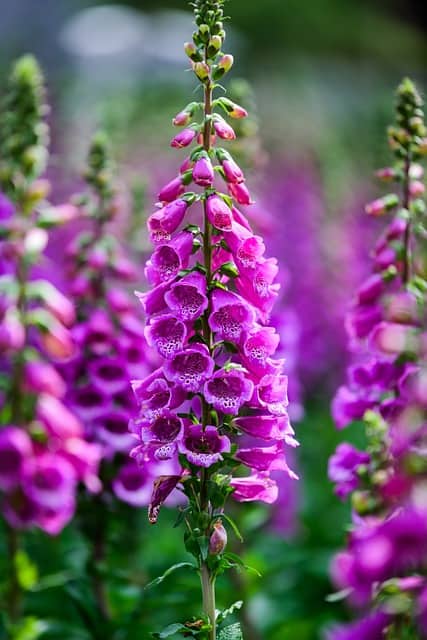
Foxglove can be started in November, especially in temperate zones for stunning vertical blooms.
Growing Tips: They thrive in rich, well-drained soil and prefer partial shade. Be aware that all parts of the plant are toxic if ingested, so plant them thoughtfully in family gardens.
Sweet Alyssum
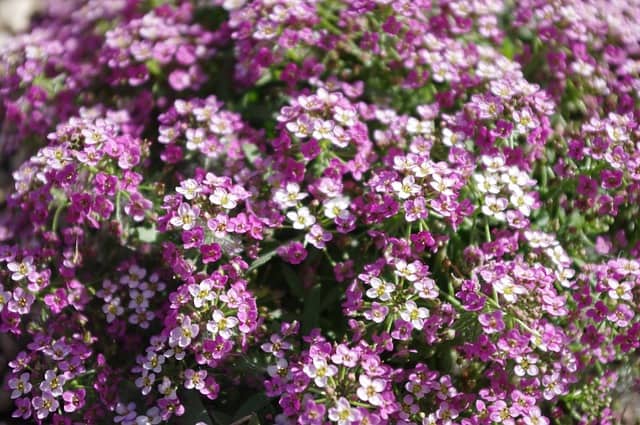
This fragrant flower is perfect for fall planting in zones 4 through 10, known for its ground-covering abilities and delicate blooms.
Growing Tips: Sweet Alyssum prefers well-drained soil and full sun, but it can manage with some partial shade. Regular watering will keep it lush, and it readily self-seeds for spring blooms.
Ornamental Cabbage
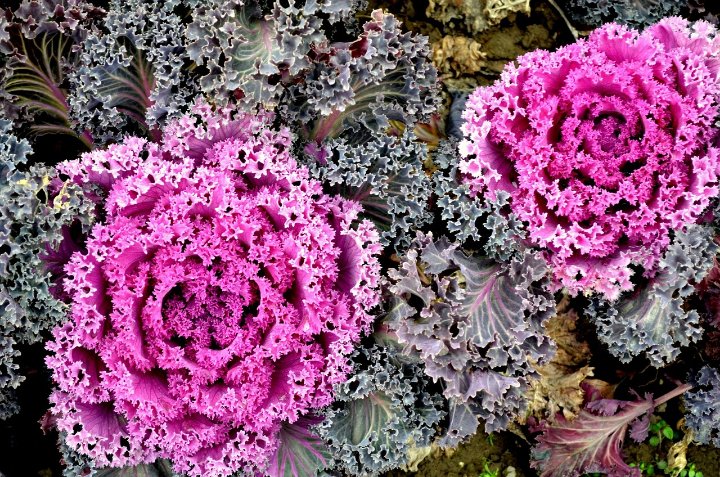
With its stunning colored foliage, ornamental cabbage can be planted in November, especially in zones 7 through 10.
Growing Tips: These plants thrive in full sun and require well-draining soil. Water them consistently and enjoy their vibrant visuals throughout the colder months.
Herbs To Plant
Herbs are an essential component of any garden, providing flavors for culinary uses and adding beautiful fragrances to the landscape. November is a fantastic time for herb planting in Arizona.
Cilantro
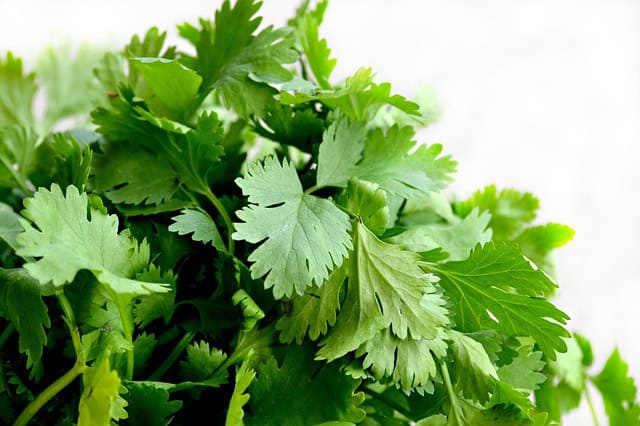
Cilantro is a cool-weather herb that can easily be planted in November in zones 5 through 10.
Growing Tips: Sow seeds directly into well-drained soil, ensuring they have plenty of sunlight. Keep the soil consistently moist, as cilantro prefers cool conditions; it will bolt in high heat.
Parsley
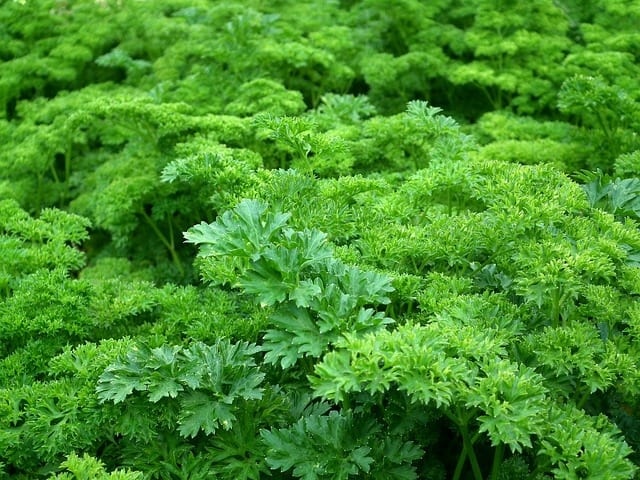
Parsley can be planted in November, thriving across most zones (4-10), and can serve as a perennial harvest in some regions.
Growing Tips: This herb prefers nutrient-rich soil and consistent moisture. You can sow it directly from seeds or use transplants. Regular snipping will encourage bushier growth.
Oregano
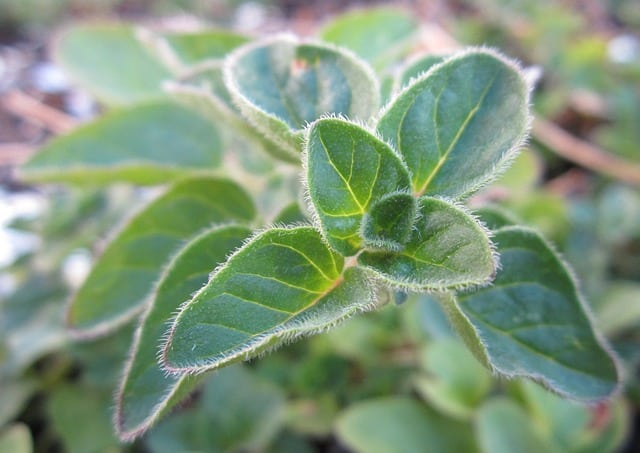
Oregano is a resilient herb suitable for zones 5 through 10, making it perfect for November planting.
Growing Tips: It prefers well-drained soil and full sun. Allow plants to dry out between watering as they can be susceptible to root rot. Harvest frequently to promote new growth.
Chives
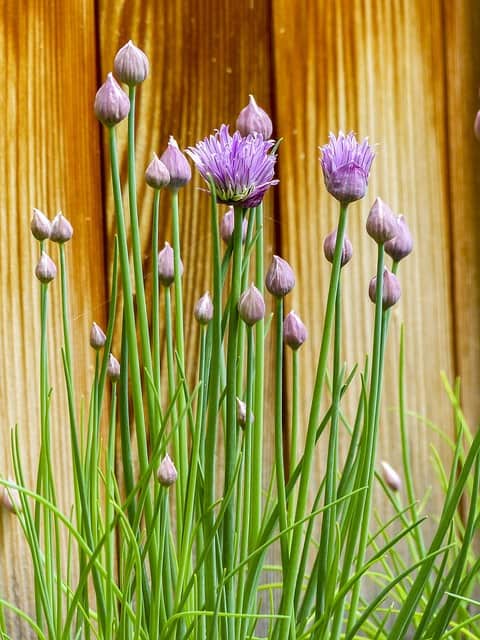
Chives are a hardy herb that can be planted in November, especially in zones 4 through 10.
Growing Tips: They thrive in full sun and well-drained soil. Regular cutting encourages lush growth. With proper care, chives can return year after year, providing aromatic tops for many dishes.
Thyme
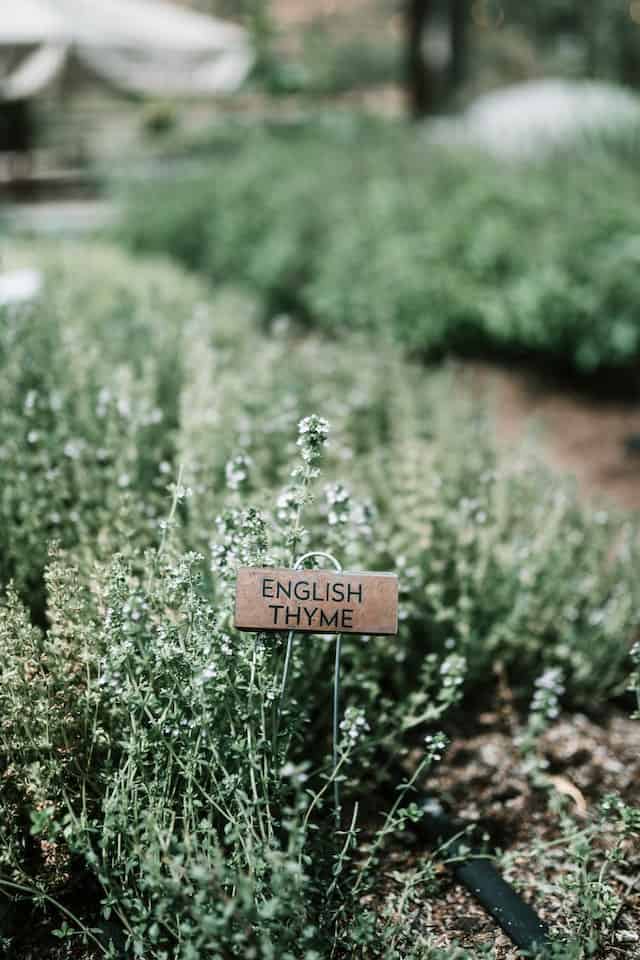
This perennial herb is perfect for planting in November in warmer zones (7-10), showcasing resilience and flavor.
Growing Tips: Thyme prefers well-drained, sandy soil and full sun. Avoid excessive moisture, and harvest the leaves to promote bushy growth. It can serve as a lovely ground cover too.
Rosemary
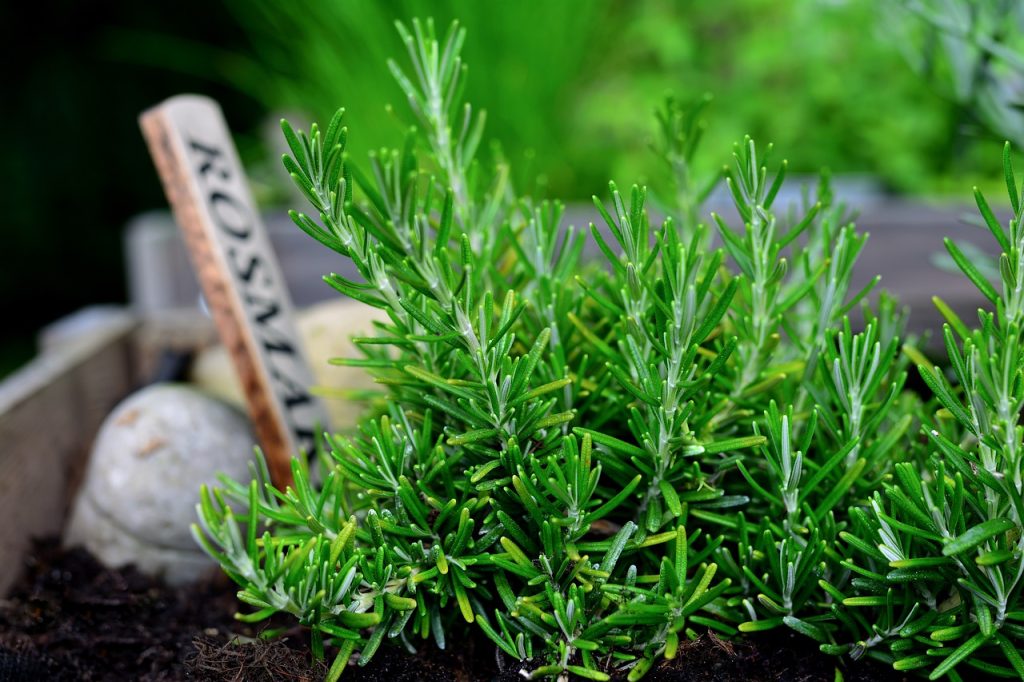
Planting rosemary in November suits zones 8 and above. With its aromatic foliage, it is a versatile and attractive addition.
Growing Tips: Excellent drainage is essential for rosemary, which prefers dryer conditions. Prune regularly to keep the plant healthy and to enhance bushiness.
Sage
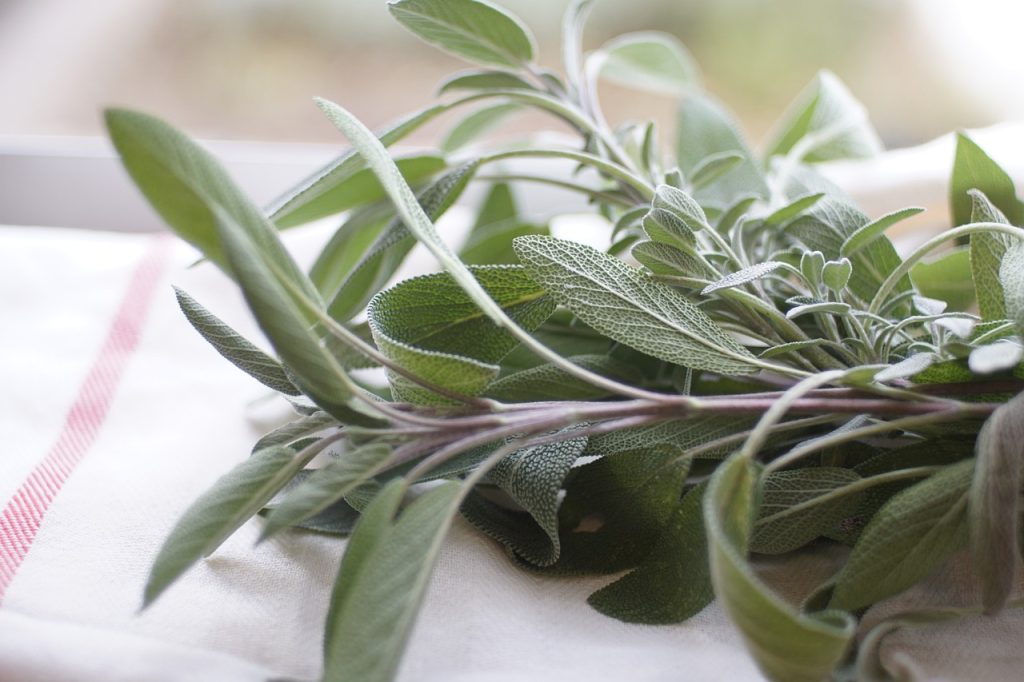
Sage is another robust herb for November planting in zones 5 through 10.
Growing Tips: Plant it where it can receive full sun in well-drained soil. Prune regularly to promote growth, and avoid over-watering—sage prefers being on the drier side.
Dill
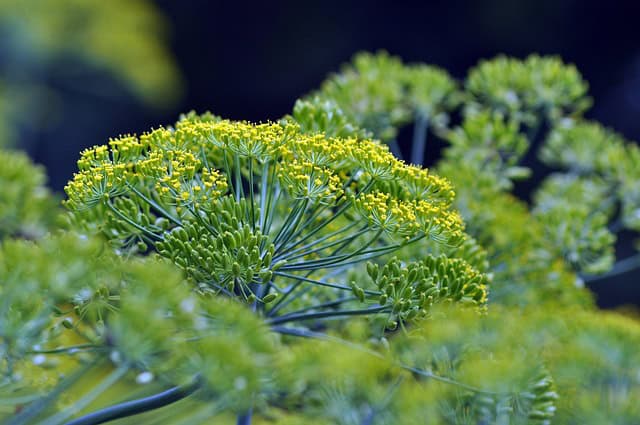
Dill can be planted in November, especially in USDA zones 6 through 10, although it’s generally short-lived.
Growing Tips: It prefers well-draining soil and ample sunlight. Sow seeds directly for a fresh herb that will enhance many dishes. Dill is also great for attracting beneficial pollinators.
Basil
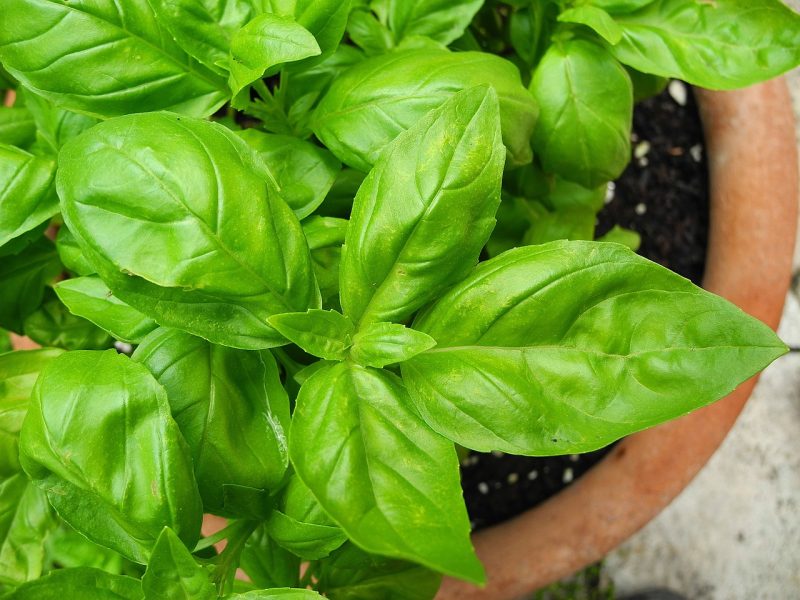
In warmer parts of Arizona (zones 9-10), November planting can yield a late autumn basil crop—excellent for culinary use.
Growing Tips: Basil requires warm soil and full sunlight. Ensure well-draining soil, and plant seeds or transplants after the first frost to avoid any potential damage.
Mint
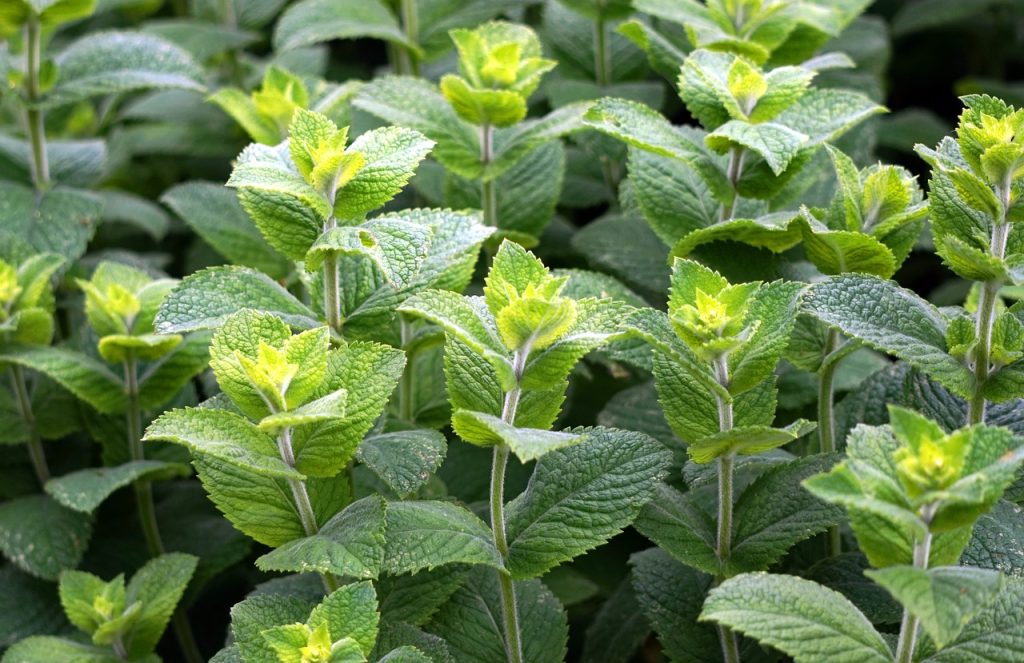
Mint can thrive if planted towards the end of November in zones 5 through 10.
Growing Tips: Prefer to be planted in loose, nutrient-rich soil and have a habit of spreading rapidly. Contain its growth in pots to keep it manageable. Mint enjoys consistent moisture and partial shade.
Landscape Plants To Plant In November
In addition to vegetables, flowers, and herbs, winter is also a great time to plan your landscape. November can be a good month to establish new plants in your garden beds, particularly in the warmer zones.
Texas Sage
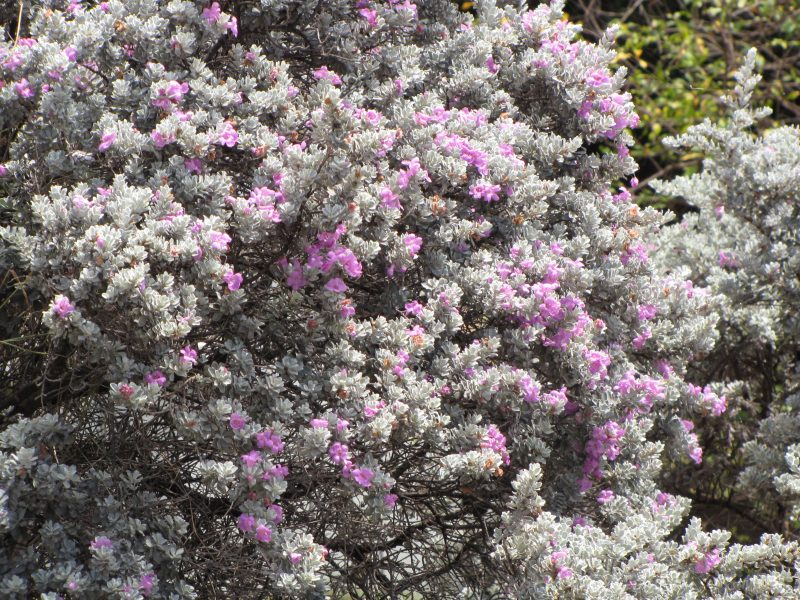
Texas Sage is a drought-tolerant shrub that can be planted in November across zones 8 through 10.
Growing Tips: This hardy plant flourishes in well-draining soil and full sun, making it an excellent choice for arid climates. It produces beautiful purple flowers in bloom during summer and fall.
Desert Willow
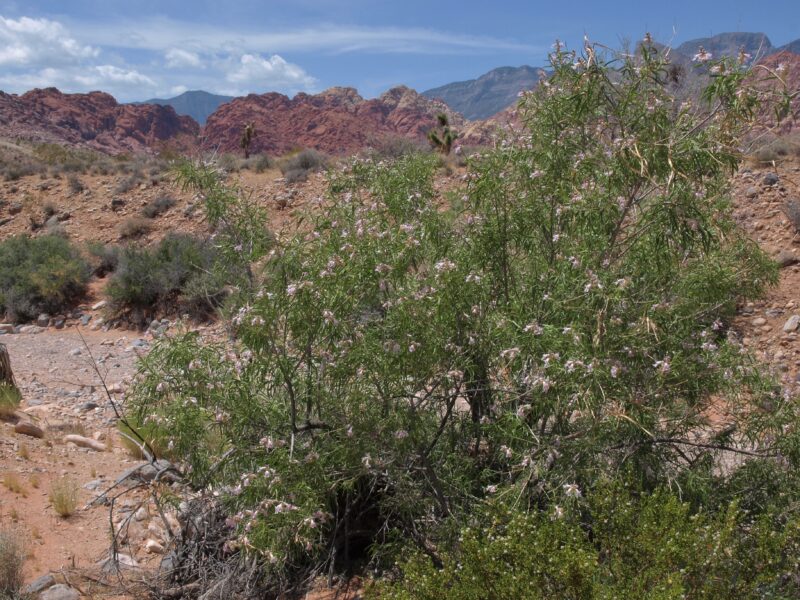
The Desert Willow is a native tree that can be planted in November, especially in USDA zones 8 through 10.
Growing Tips: Once established, Desert Willows are drought-resistant and thrive in full sun. This deciduous tree brings striking trumpet-shaped flowers that attract hummingbirds and butterflies.
Mexican Bird of Paradise
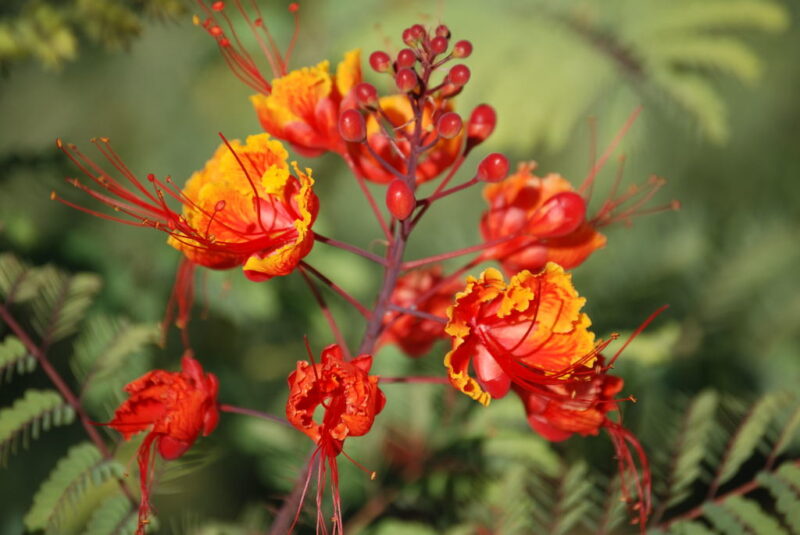
This colorful shrub can be planted in November in the warmer areas of Arizona (zones 8 to 10).
Growing Tips: It prefers full sun and is highly drought-tolerant. The vibrant yellow and red flowers can bloom from spring through fall, offering an attractive feature in gardens.
Pomegranate
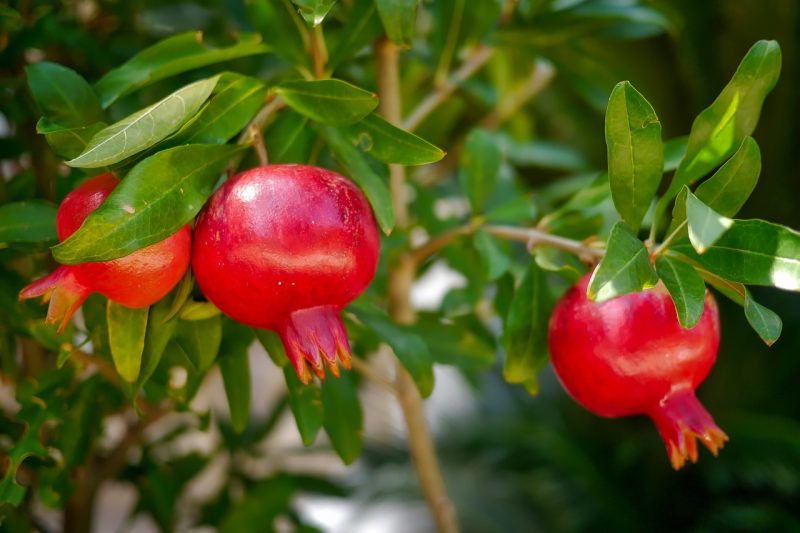
November is a suitable time to plant pomegranate trees, especially in zones 8 through 10.
Growing Tips: They prefer well-draining soil and full sun but are relatively low-maintenance once established. Pomegranate trees yield striking red flowers and delicious fruit.
Agave
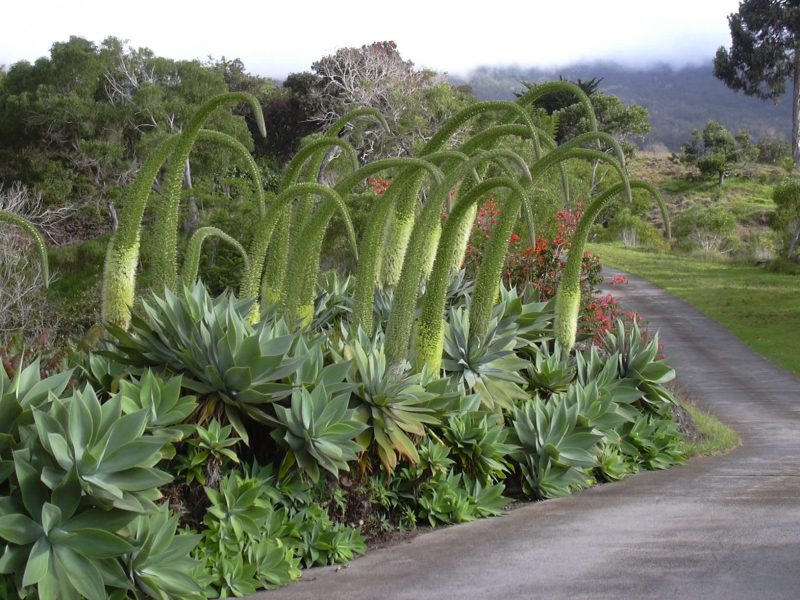
Agave plants can be planted in Arizona in November across zones 8 through 11, adding a sculptural element to the landscape.
Growing Tips: These succulents thrive in sandy, well-drained soil and require minimal water. They provide dramatic foliage and are perfect for xeriscaping.
Red Yucca
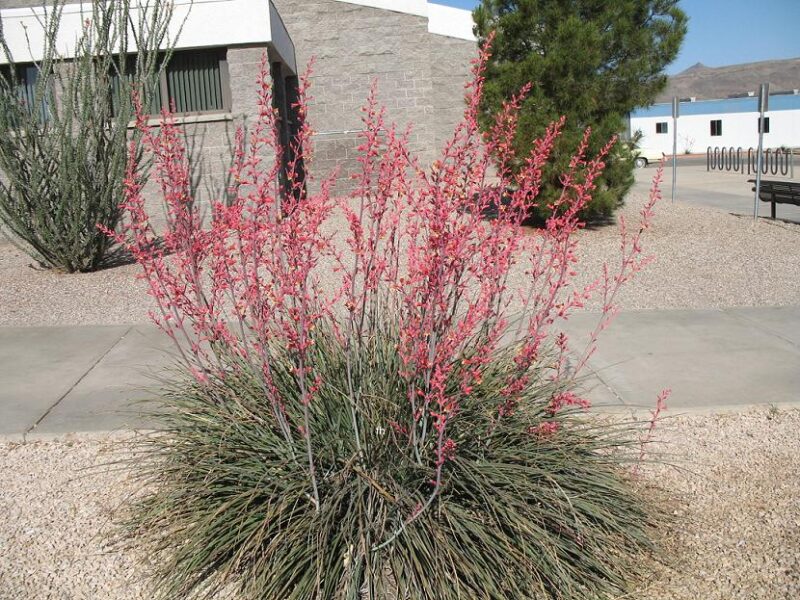
Red Yucca is a drought-resistant plant suitable for planting in November in zones 8 through 10.
Growing Tips: It thrives in full sun and well-drained soil. The unique red flower spikes attract hummingbirds, making it a vivid focal point in gardens.
Prickly Pear Cactus
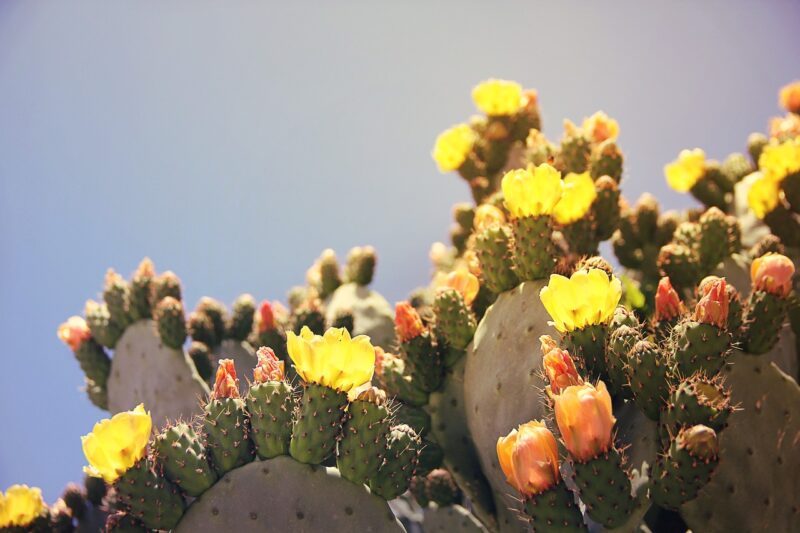
November is an excellent time for planting prickly pear in warmer zones (8-10).
Growing Tips: These succulents require very little water and prefer well-drained soil. An added bonus is their colorful fruit, known as tunas, which are edible.
White Sage
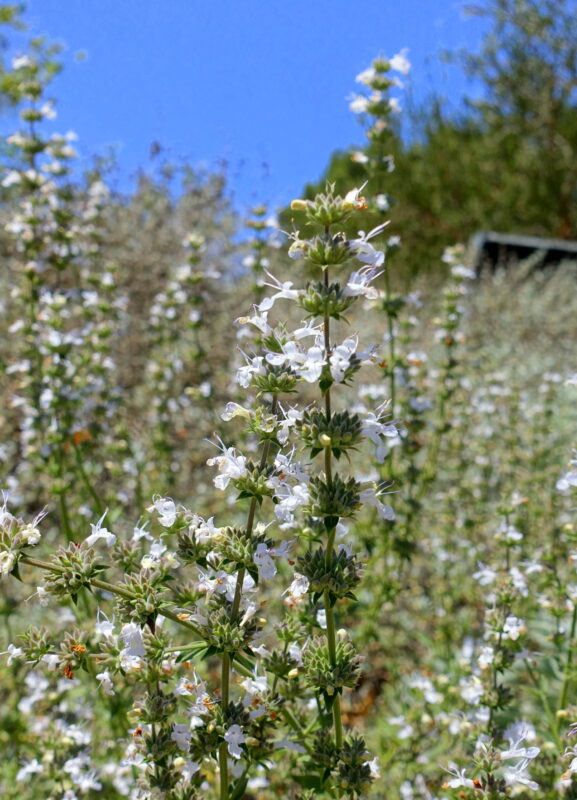
Native to western regions, White Sage can be planted in November in warmer USDA zones (8 through 10).
Growing Tips: This herbaceous perennial prefers sandy soils and is highly drought-tolerant. It offers striking silvery foliage and fragrant flowers that attract pollinators.
Oleander
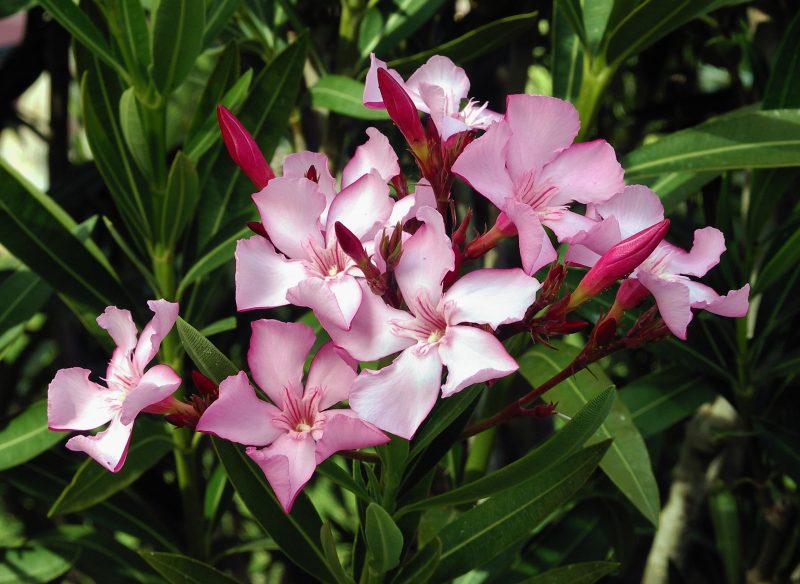
Oleander can be planted in November in the warmer parts of Arizona (zones 8-10), offering vibrant summer blooms.
Growing Tips: This hardy shrub thrives in full sun and well-drained soils. It’s essential to consider that oleander is toxic if ingested, so plant it away from areas frequented by pets and children.


